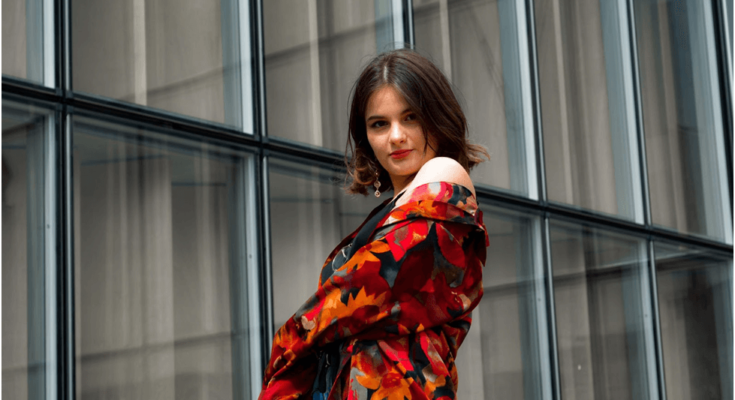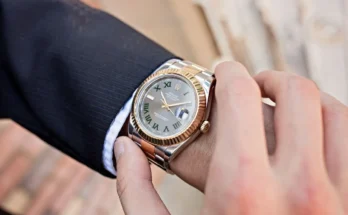Even the fundamental needs for keeping warm and protecting one’s feet are stylish. The indigenous aesthetic is intriguing and unpolished. Much has changed, most notably as a result of the industrial revolution and the feminist movement.
Many homes would sew more than we do today till around 50 years ago. In today’s free market, fashionable entrepreneurs take on the business with cutting-edge fashion ideas. Every season, clothing shops release plans.
Around the 1970s, fashion manufacturers began to migrate steadily to offshore manufacturing.
Costs of household apparel
In the 1970s, the average family spent roughly 10% of their income on apparel, including shoes. Each family member would have around 25 pieces in their collection. In those days, 10% of revenue was comparable to $4,000 in today’s market.
Today, the average household spends 3.5% of its income, or roughly $1,700 per year, on shoes and clothing. However, the quantity of clothing for each member of the family has climbed to roughly 70 items. Fashionable entrepreneurs in today’s free market take on the business with cutting-edge fashion creations such as 3d embroidery.
Every season, clothing retailers release new styles
In the 1970s, almost 95% of the clothing purchased by families was created in the United States. In addition to indigenous garment manufacture, practically all high schools in the country provided pupils with home economics and sewing lessons. It was simpler to create garment designs and execute them.
Today, just 2% of the clothes we wear are manufactured in the United States. The 1970s were a watershed decade in the industry, with textile plants popping up in Asa and other low-labor-cost nations.
Technology is also important in the production of our apparel, shoes, and accessories.
We can now purchase a leather wallet with engraving online and have it dispatched in less than five days. Our existing way of life has advantages and disadvantages. According to Elizabeth L. Cline’s book Overdressed, we may be overdressing with fast fashion practices despite considerable technology breakthroughs and cheaper costs.
The fashion industry’s quality and quantity
Everyone is unique, and shoppers may be quite choosy when it comes to fashion. Quality over quantity is my approach to style. I’d rather have well-made, neutral-colored apparel and shoes than flimsy, trendy clothing that will rip after a few washes.
With well-made, ethical apparel, one may look trendy. America is home to the world’s largest cotton patch. Nonetheless, rather than embracing this agricultural bounty and keeping production and handling in the country’s pride, we send it overseas, pay employees $1 per day, and contaminate the cloth with colors and chemicals.
The apparel sector emits a lot of pollution. While nothing beats a well-dressed man or woman, we feel we can give high-quality apparel for long-lasting stylish wear rather than rapid fashion.
Consider the 1970s, when the typical person possessed 25 pieces, as opposed to the 70 pieces we have now.
How many of those 70 components do we own or have access to? I know that several of my clothes were just acquired yet already have a hole in them or are too see-through.
What we need and what we don’t want
I’d want to see a clothing manufacturer offer strong, necessary designs that most Americans wear regularly. A high-quality, long-lasting item that comes in seasonal colors, but the high-quality design will survive for years. Fashion is important, and we need to feel comfortable and trendy in today’s world. Still, fast fashion may be a little too quick, and the business is rife with waste and contamination, leaving customers with an excess of apparel we may never wear.
The fashion industry’s future
It’s difficult to alter what you’re used to, but imaginative thinkers that make judgments that go beyond the company’s profit line should incorporate smart fashion guidelines. There are a few projects by well-known fashion labels about future production. Some companies solely use recycled materials to produce their products. Furthermore, while businesses claim to be environmentally friendly, the environment and people require a reduction in consumption. For some of their outfits, consumers may consider buying at thrift stores. Fashion firms must keep talking about waste in the fashion sector. Topics covered include how to utilize sustainable textiles and how to create and market them in a way that reduces our carbon impact.
Is it possible to be trendy while being basic and high-quality? Yes, but clothing businesses must join in and create better, well-thought-out designs that will last for years.
How has the manufacturing of shoes evolved throughout time?
People had rubber-soled shoes called plimsolls in the late 18th century, but they were crude—for one thing, there was no right or left foot. Around 1892, the United States Rubber Company developed more comfortable rubber shoes with canvas tops known as Keds. These sneakers were mass-produced by 1917.
What made the Air Jordan 1 so popular?
This is due to the Air Jordan 1‘s uniqueness in compared to other forms of footwear. These sneakers were created using high-quality materials including full-grain calfskin and premium leather uppers akin to boots. As a consequence, clients will not be surprised by the look and feel of high-quality items.




